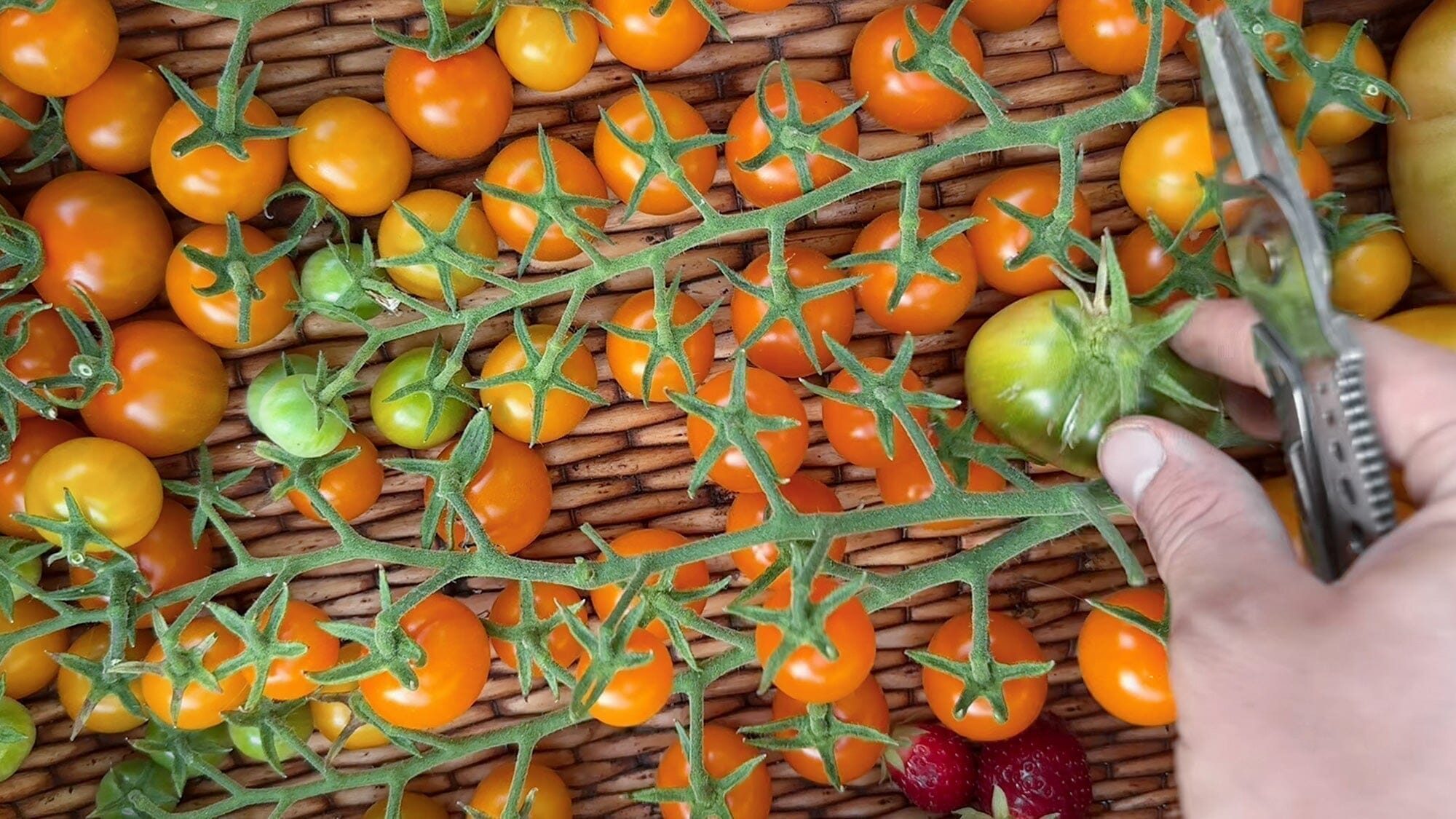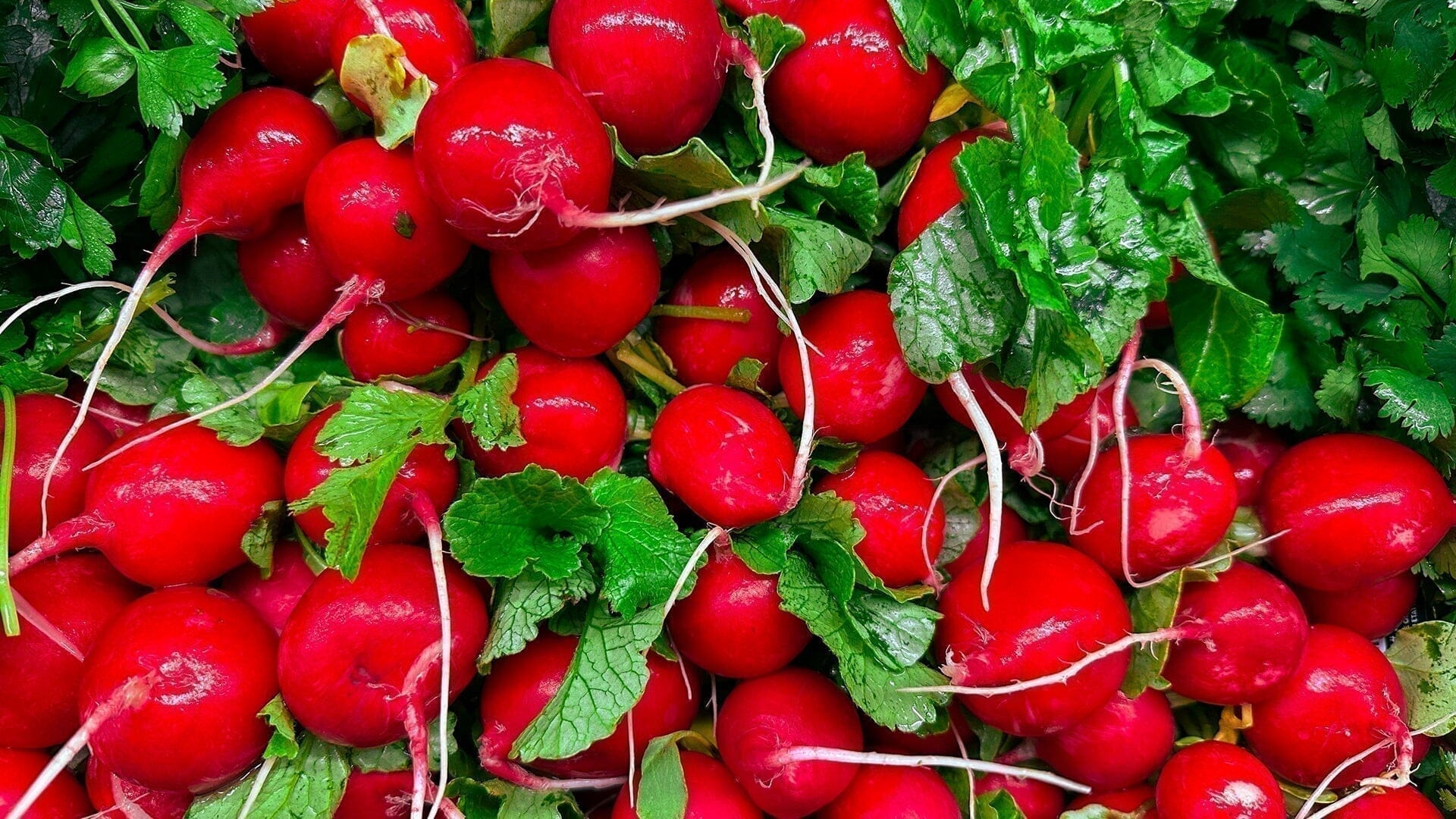By Brianne Dela Cruz; Gather & Grow
I crave endless groves of deep green pine,
swirls of wind playing with my hair,
crunch and tack under my feet,
and the feeling of breathlessness from a long walk.
I crave expansive alpine meadows
with beds of grass and blossom,
to rest my feet
and my head
in the embrace of nature's wild gleam.
crunch and tack under my feet,
and the feeling of breathlessness from a long walk.
I crave expansive alpine meadows
with beds of grass and blossom,
to rest my feet
and my head
in the embrace of nature's wild gleam.
I crave expansive alpine meadows
with beds of grass and blossom,
to rest my feet
and my head
in the embrace of nature's wild gleam.
to rest my feet
and my head
in the embrace of nature's wild gleam.
in the embrace of nature's wild gleam.
Wildflower season is upon us and the call of the wild has been stronger than ever. So off I went, into the mountains. To breathe the cool air, to get my feet dirty, and to look for as many wild plants as I could identify. My adventure into the mountains proved to be fruitful.
I came across a beautiful old pine tree just off the main path. The tree was dropping large globs of pine resin. I first noticed it because I heard the soft thud of something hitting the ground. A closer look revealed the old pine had resin building up on the bark along the trunk, and large globs were dropping all over the ground from high above. The resin smelled musky, sweet, and sharp.
Pine resin is produced as a healing agent when the tree is wounded. It is antimicrobial and anti-fungal which works to protect the plant from disease. Those same components can help to fight harmful bacterial and fungus on our bodies as well, making pine resin a great ingredient for a natural first aid kit.
Here are my instructions for sustainably harvesting pine resin and using it to craft a healing balm.
Sustainable Harvesting
When sustainably harvesting anything in the wild, I know it is important to only take what is in abundance, and to harvest sparingly - leaving as much as possible for the ecosystem to maintain balance. Because the tree was producing this resin to heal itself, I elected not to take any sap that was still on the tree. I could see large droppings all around the base of the tree and decided to leave those as well, only taking one cup-full of the freshly fallen resin for myself.
Pine resin is extremely sticky and not easy to remove. When harvesting pine resin, I recommend wearing clothes you don’t mind spoiling. I scooped the glob of pine resin into an old plastic container with my knife, being careful to remove big chunks of pine cones and needles. I was also careful not to get any on my hands because it can easily spread onto everything I touch.
To remove sap from fingers and utensils, I find that oil works well. I rub oil on my hands and instruments, then wash as normal with soap. Rubbing alcohol removes resin from clothing, however it requires a bit of scrubbing to remove the resin completely.
Wild Foraged Pine Resin Balm
Ingredients
- 1 Cup Pine Resin (sustainably foraged)
- 1 Cup Organic Olive Oil
- ½ - ¾ Cup Grated Beeswax
- 35 Drops Rosemary Essential Oil
*Note: Spruce or Fir resin is also acceptable
Instructions
- Place pine resin in glass jar, then add equal parts oil. I selected olive oil, but any type of skin safe oil is fine.
- Place the jar of pine resin and olive oil in the top of a double boiler.
- Simmer on the stovetop until the resin melts. This may require stirring, or simmering for several hours.
- Strain the melted mixture through cheesecloth or a fine mesh strainer. Then, return the mixture to the double boiler. Clean the strainer with oil, then soap.
- For every cup of resin/oil mixture, add ¼ - ½ cup of grated beeswax or beeswax pellets. The more beeswax, the firmer the balm will be when it solidifies.
- Heat on low until the beeswax is melted.
- Pour mixture into jars or tins.
- Add 5 drops of essential oil to each container and stir. I selected rosemary essential oil because it has a similar pine-like scent and additional antimicrobial and anti-fungal properties.
- Cover containers with lids immediately so the essential oil and resin scents don’t dissipate.
- Allow the balm to cool and solidify before using.
- Store in a cool dark place.

Application
Use this wild foraged pine resin balm on rashes, cuts, scrapes, and cracked, dry or irritated skin. It can be applied topically on the skin to heal and soothe minor skin irritations. It can also be used as an overnight facial moisturizer, lip balm, or hand salve.
I also use pine resin in making homemade Beeswax Wraps to replace plastic wrap in the kitchen.
ABOUT
Brianne Dela Cruz is a master gardener, wild forager, campfire foodie, and acclaimed writer and photographer. From her home in Salt Lake City, she teaches online gardening and foraging courses for modern folks and budding naturalists as well as hosts seasonal community gatherings. Brianne's blog and online school, Gather & Grow, is a community of folks exploring the intersection between nature and personal growth by discovering ways to slow down and nourish themselves with nature.








